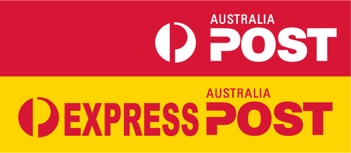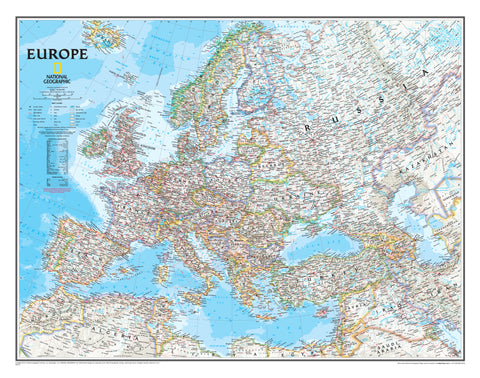- Australia ▾
- Topographic
▾
- Australia AUSTopo 250k (2024)
- Australia 50k Geoscience maps
- Australia 100k Geoscience maps
- Australia 250k Geoscience maps
- Australia 1.1m Geoscience maps
- New Zealand 50k maps
- New Zealand 250k maps
- New South Wales 25k maps
- New South Wales 50k maps
- New South Wales 100k maps
- Queensland 10k maps
- Queensland 25k maps
- Queensland 50k maps
- Queensland 100k maps
- Compasses
- Software
- GPS Systems
- Orienteering
- International ▾
- Wall Maps
▾
- World
- Australia & New Zealand
- Countries, Continents & Regions
- Historical
- Vintage National Geographic
- Australian Capital Territory
- New South Wales
- Northern Territory
- Queensland
- South Australia
- Tasmania
- Victoria
- Western Australia
- Celestial
- Children's
- Mining & Resources
- Wine Maps
- Healthcare
- Postcode Maps
- Electoral Maps
- Nautical ▾
- Flags
▾
- Australian Flag Sets & Banners
- Flag Bunting
- Handwavers
- Australian National Flags
- Aboriginal Flags
- Torres Strait Islander Flags
- International Flags
- Flagpoles & Accessories
- Australian Capital Territory Flags
- New South Wales Flags
- Northern Territory Flags
- Queensland Flags
- South Australia Flags
- Tasmania Flags
- Victoria Flags
- Western Australia Flags
- Gifts ▾
- Globes ▾
Dear valued customer. Please note that our checkout is not supported by old browsers. Please use a recent browser to access all checkout capabilities
Greenland & North Pole ITMB Map
$24.95
Afterpay is only available for orders between $50.00 and $1000.00 More info

Greenland is indeed a fascinating place to visit. Granted, much of it consists of inaccessible Icefields that, if they melted, would detrimentally raise ocean levels to catastrophic levels. The coastal regions are, however, inhabited, and it is possible to fly in or take an adventuresome cruise with Linblad and visit the giant island. Three-quarters of Greenland lies above the Arctic Circle and ice bergs carved out of the many slowly-moving rivers of ice are commonplace in the North Atlantic. Due to sea ice, the notable attractions of the island tend to be concentrated in the southern third. The original settlers are not the Norse, but Inuit peoples who migrated eastwards from what is now Canada’s northland. Although the area has been a Danish possession for centuries, only the relatively narrow Nares Strait separates it from Canada’s Ellesmere Island, and the famous Thule Air Force base is considerably south of Alert, Nunavut.
The second side of the sheet is a separate map of the entire North Polar Region, centred on the true North Pole itself. The Polar Region consists of everything north of the Arctic Circle, but this map extends the concept southward to the 55th parallel, thereby including all of Scandinavia, including Denmark, as well as all of northern Canada, northern Russia, Greenland, Iceland, Alaska, and even Scotland, Estonia, and Latvia. A tiny portion of Ireland and a goodly chunk of Belarus also fall into the range of this map, which is very interesting, and is unique. No other such map exists. It was prepared by the Canada Map Office as a project and is used here with permission. Believe it or not, as a result, this map is copyright by the Queen, as are all government maps produced in Canada. I think that’s a nice touch for an international map! Being a circular projection, the printing is from Canada at the ‘bottom; thus, the place names for Russia and Scandinavia are oriented from the perspective of a wall map. In other words, nomenclature is consistently downwards, not circular, so if the map is rotated, Russian place names would be upside down. The significance of this map cannot be understated. It is the only one ever prepared as a survey-specific quality of every nation on earth that could consider itself ‘polar’. Its scale prevents undue detail, but we have noted a short series of trivia points of note, such as the difference between true north and the magnetic pole, or the largest urban area in the region (Murmansk), or the location of the most northerly known thermal hot spring (Alaska). The urban area closest to the North Pole is Alert, at the top end of Canada’s Ellesmere Island, at about the 83rd parallel. Both these maps are so interesting that they are easy sells. The cover is double-sided, so can be presented on retail shelves either with Greenland outwards, or North Pole outwards. Either way, it sells. Enjoy!
We can laminate this map, which will allow you to draw on it in whiteboard marker or apply map dots to locations of interest without permanently marking the map. The lamination also makes the map very durable and protects against tears and stains.
To laminate this map we have taken the folded map and flattened it out before encapsulating it in high-quality 80-micron laminate, so please be aware that there will still be slight fold lines visible.
Scale: 1:3,000,000 / 9,000,000
Size: 690 mm x 1000 mm











